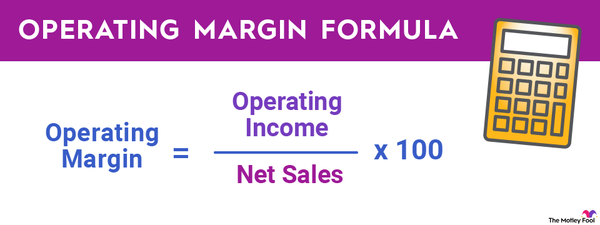An operating lease is a contract that allows a lessee to use an asset during the agreement term. Operating leases don't transfer ownership rights to the lessee. Operating leases enable businesses to rent assets with long useful life spans without incurring the capital cost needed to purchase the asset.
Here's a closer look at operating leases, how they differ from financing leases, their benefits and drawbacks, and some examples.

What is an operating lease?
What is an operating lease?
An operating lease is a rental contract allowing the lessee to use an asset during the lease term as long as they remain current on their lease payments. Operating leases enable businesses to rent assets with long useful lives. Leased assets include real estate, aircraft, vehicles, office equipment, and machinery.
A key aspect of an operating lease is that they don't transfer ownership of the asset to the lessee at the end of the rental term. The asset remains the lessor's property during and after the rental period.
Operating leases vs. financing leases
How operating leases differ from financing leases
Businesses often use two types of leases to rent assets: Operating and finance. An operating lease enables the lessee to operate the asset during the lease period. It allows them to rent assets to use without needing to finance the asset's purchase. Once the rental period ends on an operating lease, the lessee returns the asset to the lessor.
Financing leases work differently. In a sense, they enable the lessee to finance the purchase of an asset through a rent-to-own agreement. Ownership of the asset often transfers to the lessee at the end of the lease term, sometimes after the lessor is paid for any residual asset value. The aggregate lease payments on a financing lease often equal or exceed 90% of the asset's initial cost.
Rent to Own
Pros and Cons
The pros and cons of an operating lease
Operating leases have their share of benefits and drawbacks. The pros of using an operating lease include:
- Cheaper than buying: Leasing an asset often costs less than a purchase, especially if buying would require a large upfront investment, like a down payment.
- No ownership risks: Depending on the lease type, the asset owner is responsible for maintaining it if it breaks down. They also bear any downside risk if the asset value declines.
- Flexibility: Operating leases are typically relatively shorter in term, especially compared to purchasing an asset. That gives the lessee the flexibility to lease a new asset once the term ends.
- Easier approval: There's typically less paperwork involved in leasing an asset than what's required to purchase one if the buyer needs financing.
Operating leases also have their drawbacks, including:
- No upside: Because the lessee has no ownership rights, they aren't entitled to gain from any potential asset appreciation.
- Financing costs: Many operating leases build in financing costs like interest, which the lessee pays.
- Above-market value: A lessee could end up paying a premium to an asset's market value over the life of the lease.
- Expiration risk: Operating leases enable the lessee to use an asset for a set price during the lease term. However, they might need to pay a higher rate when the lease expires due to market value appreciation or supply and demand imbalances.
Examples
Examples of operating leases
Many businesses use operating leases to rent assets. Here are a couple of common examples.
A growing company needs warehouse space to store its inventory of unfinished parts and finished products. The company could buy a warehouse building and retrofit it for their needs. However, that would cost a lot of time and money, which could slow their growth. Instead, they find suitable warehouse space to rent from an industrial REIT. The company determined that signing a gross lease to rent warehouse space was better than buying. Renting was cheaper and gave them more flexibility if they need more space in the future.
A contractor needs specialized equipment to complete a large upcoming project. They determine that the need for this particular piece of equipment is likely a one-off occurrence. They can lease the equipment at a term corresponding to the project's timeline. Leasing gives them the flexibility to use the equipment when needed while not having the burden of owning something they won't use again.


























